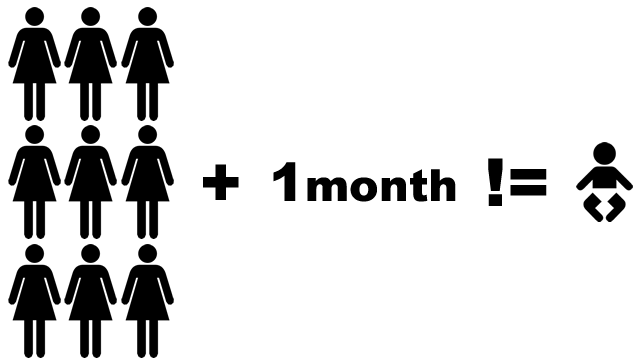The beauty of Agile is the fact that its just about a few principles. – which we also summarized in a few words. Everything else is under your control. And on your way from classic waterfall practices to adopting those principles, you are likely to encounter some serious blockers. I’m attempting to list out the top 5 along with the Agile principles that they block.
1. Large teams
Blocks: Velocity, Working together

It is uncommon to have a cross-functional team of teams with 30-50 folks working on the same product. While the Agile deliverable is a few days of work, large teams working on a single release will generate a huge deliverable that is more coupled, has wider impact and demands extensive testing.
2. Fixed-scope planning
Blocks: Working software, Simplicity, Accepting change

Teams that have a fixed-scope mental block start off by committing a scope for the next release, and then estimate a future release date. Since estimates are often incorrect, the release is delayed to deliver the committed scope – which is just not Agile. Forget about changing requirements, folks won’t even drop a few stories or acceptance criteria at the very end, to meet the committed date (time-box) – at the cost of Continue reading The Top 5 Deterents to Agile





